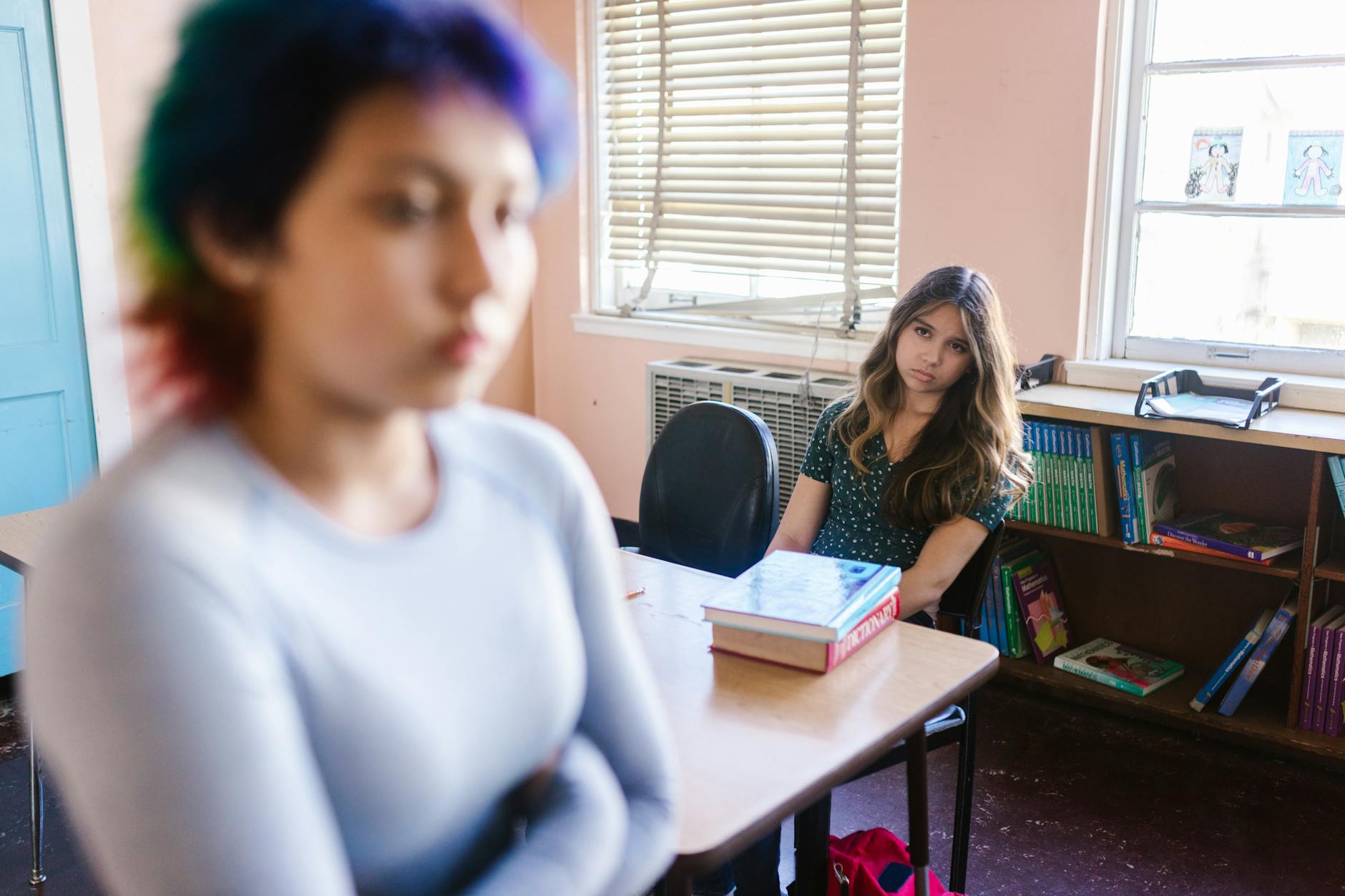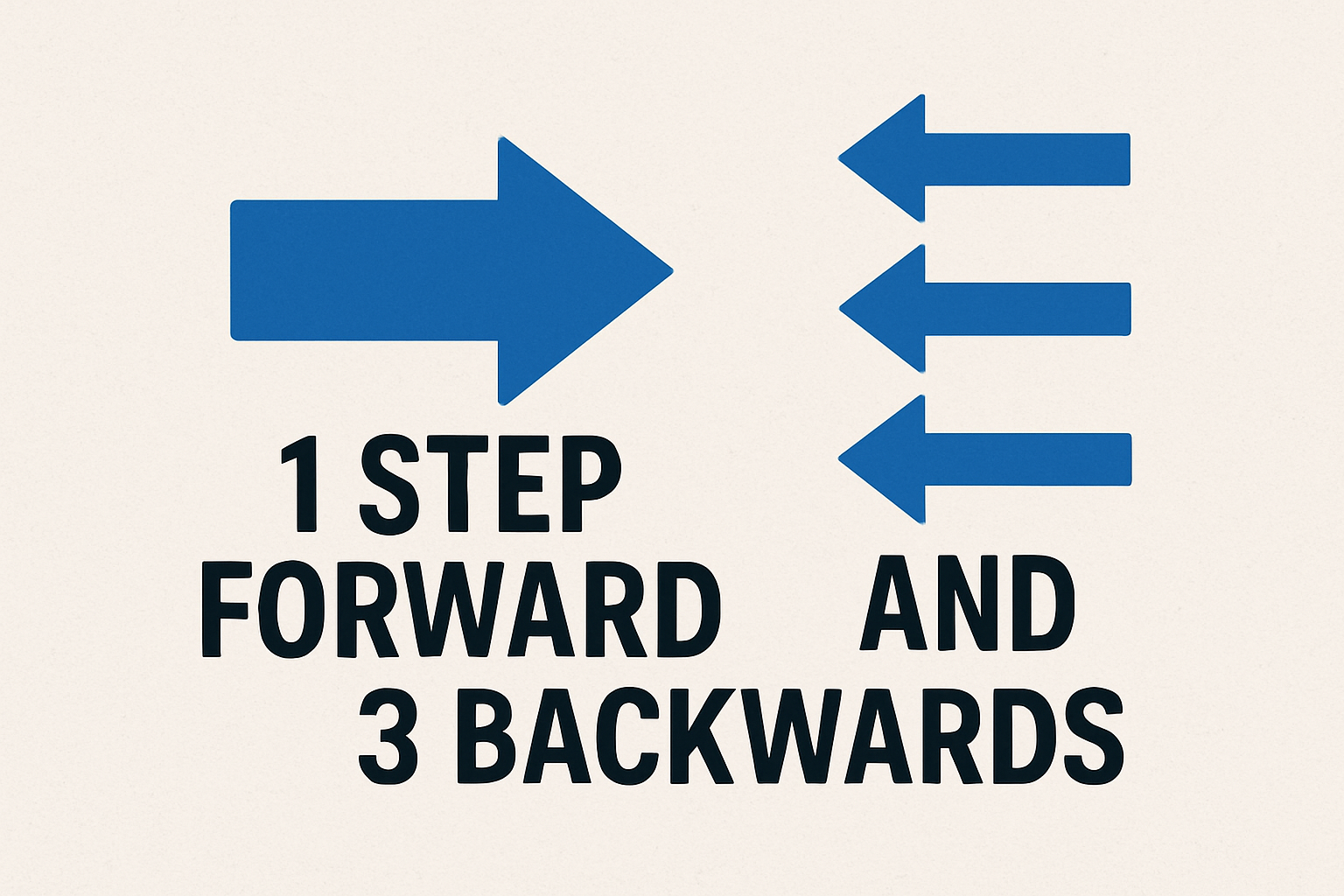Stepping out of the hall, I was overwhelmed by the sheer magnificence of Kapadia’s scathing, gorgeous masterpiece—a film that lingers not only in its images but in the truths, it dares to tell. The soundtrack, a gem crafted by Topshe and punctuated with carefully reused songs that also introduced me to Emahoy Gebru, worked like magic. It felt as though this film wasn’t merely made; it was breathed into existence from within, a deeply personal and political work of art. Kapadia’s brilliance lies in her ability to weave the personal and the political with such organic fluidity that neither overwhelms the other. It beautifully shows how art, at its purest, transcends categories. The political doesn’t seek attention or shout; it moves quietly and is embedded in the everyday lives of her characters. Through countless subtle cues, the film speaks to wider movements—a critique of capitalist sentiments, the pervasive urban alienation, and the loneliness that takes on a political weight of its own. Yet, above all, this is a film of solidarity. It is enriched with a commitment to stand with women, workers, migrants, and the alienated seeking solace. It extends even further, touching the inner minorities that dwell within us all. It’s a piece of cinema that pulses with love—a love that defies the isolating forces of the modern “progressive” world and reminds us that it’s love and connections that shape us and our humanity. In the eerie vastness of the urban jungle, amidst its anonymity and chaos, Kapadia finds the beating heart of what makes us human.
'All We Imagine As Light' Analysis
Set in the crowded, labyrinthine city of Mumbai, Kapadia’s film is a study of dualities: a place where anyone can disappear into the crowd and yet be judged relentlessly; a city that welcomes migrants with one hand while gentrifying them out with the other. In Mumbai, identity is precarious. The city with all its agonizing contradictions becomes a metaphor that builds and breaks us in equal measure. It is both alienating and communal, heart-wrenching and heartwarming, exhausting and exhilarating. The film reveals a Mumbai where love and solidarity persist despite the overwhelming loneliness it can impose, a city that reflects the very best and worst of what it means to be human. It is a luminous, unadulterated work of art. Few films capture the human condition with such sensitivity. Even fewer remind us that in our most alienated moments, it is our love, our relationships, and our collective humanity that truly make us who we are. The naturalness with which the script unfolds is remarkable—it flows like a gentle breeze. It feels as though it’s always been there, like a stream that meanders naturally through the landscape.
To omit the praise-worthy opening sequence of Kapadia’s film would be an injustice to her vision and to the film itself. The opening reframes how we view Mumbai—or any urban space, for that matter. Kapadia’s cinematic gaze is unshackled from the tired depictions of a city overrun by gangsters or other clichéd narratives. Instead, she shifts the focus to the migrants who travel kilometers in search of a home, the invisible yet indispensable force that builds and sustains the city. The framing seeks to challenge the nostalgia and romanticism often associated with urban spaces, dismantling these illusions to reveal the nucleus of the city’s true story: the lives, love, and spirit of its migrant population. Kapadia’s Mumbai is not just a city of skyscrapers and aspirations but one of common people navigating a labyrinth of habit, necessity, and compulsion. It is a Mumbai of the outsiders—those struggling against its indifference, falling in love with its chaos, or becoming so enmeshed in its rhythms that they cannot imagine life elsewhere. The city offers anonymity to those who crave it and shelter—however unsavory—to those with nowhere else to go.
Mumbai, the city of dreams, is also a city of exiles where millions arrive, only to find themselves adrift in an ocean of anonymity. The city’s lifeblood is motion: the ceaseless rush of trains and cars flowing through its streets. Showing us a Mumbai that is both overflowing with people and utterly void of connection. Her characters uprooted from small towns and quieter lives, stumble into the city’s cold embrace (the film uses a dark blue palette to showcase the same), only to find themselves shrinking inward, their loneliness becoming as much a part of their identity as the places they left behind. This is the tragedy Kapadia wants us to witness: the unnoticed lives of contemporary India, the invisible migrants who build its skyscrapers, drive its taxis, and fill its trains but are themselves erased from its narrative. Mumbai becomes a city-sized metaphor for a world where alienation is the price of progress. By the time you notice the depth of the loneliness his characters carry, it’s too late—it has already mirrored your own. It is a place that takes as much as it gives, and often, what it takes is everything.
Kapadia’s portrayal of the city is shrouded in hues of pale blue that dominate the frame, infusing the urban landscape with a sense of lifeless melancholy. The night swallows Mumbai whole, reducing its sprawling, chaotic energy to an eerie stillness that mirrors the alienation of its inhabitants. Even the uniforms of the nurses are painted in shades of blue as if the city itself insists on branding them with its emotional coldness. Language, gender, religion, caste, and class form the scaffolding of a society bent on exclusion, constantly redefining who belongs and who is forever relegated to the peripheries. Mumbai becomes an extension of the nation’s reductionist impulses, a microcosm of the broader process of othering that plagues India. It asks hard questions: Who belongs? And who is forever outside the imagined sphere of the community? Language itself becomes both a weapon and a wound. The city’s pulse is felt not in its skyscrapers but in its shadows, in the forgotten corners where they exist in a state of flux. They are neither fully themselves nor entirely the versions of themselves that the city demands them to be. In this liminal space, they navigate a constant negotiation—between who they are and who the city allows them to become. The city becomes a living, breathing character, as much a protagonist as it is an antagonist. It shelters, expels, transforms, and consumes, all in equal measure.
Ironically, the same critique is reflected in the actions of our babus at the Film Federation of India, who deemed the film “too European” to represent India in the Oscars' International feature category. A film dismissed for lacking “Indianness” at a time when the very concept of Indianness is contested through the lens of political regimes and exclusionary narratives. It merely lays bare the fractures, fault lines, and contradictions we live with daily.
But while Kapadia’s vision provides the foundation, it is Ranadir Das’s stunning cinematography that elevates this film into something truly poetic. The frames are intimate, almost intrusive, as the camera threads its way through cramped spaces and bustling symbols of Mumbai life. Das doesn’t romanticize the city, nor does he reduce it to a caricature of its so-called “spirit.” Instead, the camera invites us to look at the streets and markets, the packed compartments of local trains, and the endless sea of anonymity that defines life in the metropolis. Kapadia doesn’t drown us in dialogue or overt moralizing. Instead, she allows the city to do the talking. Together, Kapadia and Das create a portrait of a city and its migrants that lingers in the mind long after the credits roll, demanding to be seen, heard, and remembered.
Kapadia’s world-building is exacting, yet never heavy-handed. And is placed in a world where women remain unseen in a society that reduces their personhood to an extension of patriarchal norms. Their desires, choices, and needs are filtered through a moral and social lens that denies them autonomy, forcing them to wrestle for even the smallest fragments of selfhood. She does not simply portray her characters as victims of a system that denies them agency; instead, she allows them the space to feel—anger, desire, grief, and hope—all with a quiet ferocity. The film understands the unrealized, repressed anger that women carry simply by existing in a world that refuses to acknowledge their needs. And her lens remains compassionate, never reductive. It is a film about longing—not just for connection, but for the right to claim one's space, body, and desires in a society intent on denying them.
Anu is in love with Shiaz, a Muslim boy, and their relationship exists in the shadows—hidden not only from her colleagues, whose tongues buzz with rumors about her moral character, but from a world unwilling to grant her even the smallest space to love freely. In this city that offers no shelter for intimacy, their moments together are fraught, fleeting, and yet deeply tender.
And yet, in a striking moment of reprieve, the lovers find themselves alone in a desolate cave, “Pappu Loves Shalu” and “Azadi” are scrawled onto the rock. Here, away from prying eyes, they finally inhabit a space free of judgment, where their love feels unbound and infinite.
Kapadia boldly interrogates the ecosystem we’ve constructed—a fragile web spun from class privilege and the relentless march of capitalist ambition. In one particularly biting moment, the tagline of a luxury housing project set to replace Parvathy’s modest home reads: “Class is a privilege reserved for the privileged.” She renders visible the lived realities of those like Parvathy—undocumented migrant workers whose labor sustains the shimmering skyscrapers and gated communities of elite India, yet whose existence is deemed dispensable. These spaces, glittering like gold to some, are built atop the rubble of countless lives uprooted and dreams extinguished. The gilded refuge of the privileged versus the relentless precarity of those who toil to sustain it. After 22 years of service in a hospital, Parvathy is cast out. Emblematic of the ethos: humans as cogs in a relentless machine, are discarded the moment they falter. The collective rage of the working class bursts forth in an act of defiance when Parvathy and Prabha throw stones against posters for so-called “affordable” housing.
The motif of kaagaz (paper) is a quiet commentary on the politics of exclusion that has gained traction in recent years. For Parvathy and others like her, this “piece of paper” becomes the thin line between belonging and erasure. It’s Kapadia’s way of holding a mirror to a society complicit in creating hierarchies of worth, where identity and survival are reduced to certain validations and a process of othering. She dares to ask: Who gets to claim the privilege of permanence, and at what cost?
Words are made to share meanings, just as space is made to accommodate too many bodies. For Prabha, independence exists only in theory; she remains tethered to the spectral presence of her absent husband. Anu’s love is furtive, whispered in shadows and exchanged through gestures: a kiss sent via rain. But in the coastal town, something shifts. The language of survival is exchanged for the vocabulary of healing—a language they didn’t know they understood. The film suggests that the village, with its open sky and tactile slowness, offers the kind of hope the city never could. Mumbai is less a city than an organism—a concrete jungle with its ambient relationship- both seductive and suffocating. The protagonists adapt to its “light” even as they dream of breaking free from its shadows.
Kapadia’s use of sound is especially evocative, opening with a chorus of disembodied voices musing on the city, home, and the idea of belonging. The juxtaposition of these musings with Guèbrou’s meditative piano creates a haunting effect. The script teems with loaded symbols, each more potent than the last. Take the humble rice cooker, is a cold practicality of an arranged marriage, a forced attachment that feeds but never fulfills. It resists the urge to cut into its characters, instead allowing their emotions and gestures to ripple outward, drawing us into their internal worlds without intrusion. Mirrors are cinematic clichés when used poorly, but here Kapadia employs them with such precision that they become indispensable. The characters are caught between seeing and being seen. And then there’s the beach—the only time we see it, and only once the women enter into the countryside. The screen floods with light, the sun shimmering off the waves. Here, finally, these women have space—literal and figurative—to breathe, to reflect, and to reach toward their desires without the city’s suffocating grip.
The teenage shopkeeper is a fascinating addition, their identity left deliberately ambiguous, a blank page onto which we project our interpretations. It carries a kind of liberation—youthful and unburdened by the constraints that weigh so heavily on the film’s protagonists. The shopkeeper isn’t just a character; they’re a symbol of possibility. And the mirror, the rice cooker, the sun-soaked waves—they all speak in the language of cinema, a language that trusts its audience to see, to feel, and to understand.
In Mumbai, light is constrained, filtered through the artificiality of windows and neon shopfronts. It’s dazzling but suffocating. By contrast, the light of the village is expansive, organic, and liberating, spilling unrestrained across the landscape. The light isn’t just in the sun or the stars; it’s in the kindness the characters extend to one another, the small acts of connection that anchor them. On how we hold on to light in the face of relentless dark, how we find it in each other and refuse to let go. Language, too, becomes both a weapon and a salve in this world. But Kapadia cleverly flips the dynamic in quieter moments, showing how language can create intimacy even in public spaces. Whispered conversations and private jokes act as shields against the city’s intrusive gaze.
The countryside doesn’t offer resolution—it’s not an escape hatch from the city’s machinery—but it offers perspective. Here, amidst the rolling waves and boundless sky, the characters confront their smallness and their strength. There is darkness, yes, and then there’s light—present even in the film’s cryptic title. Light, in Kapadia’s world, is more than illumination; it’s a prism through which lives are refracted.



















